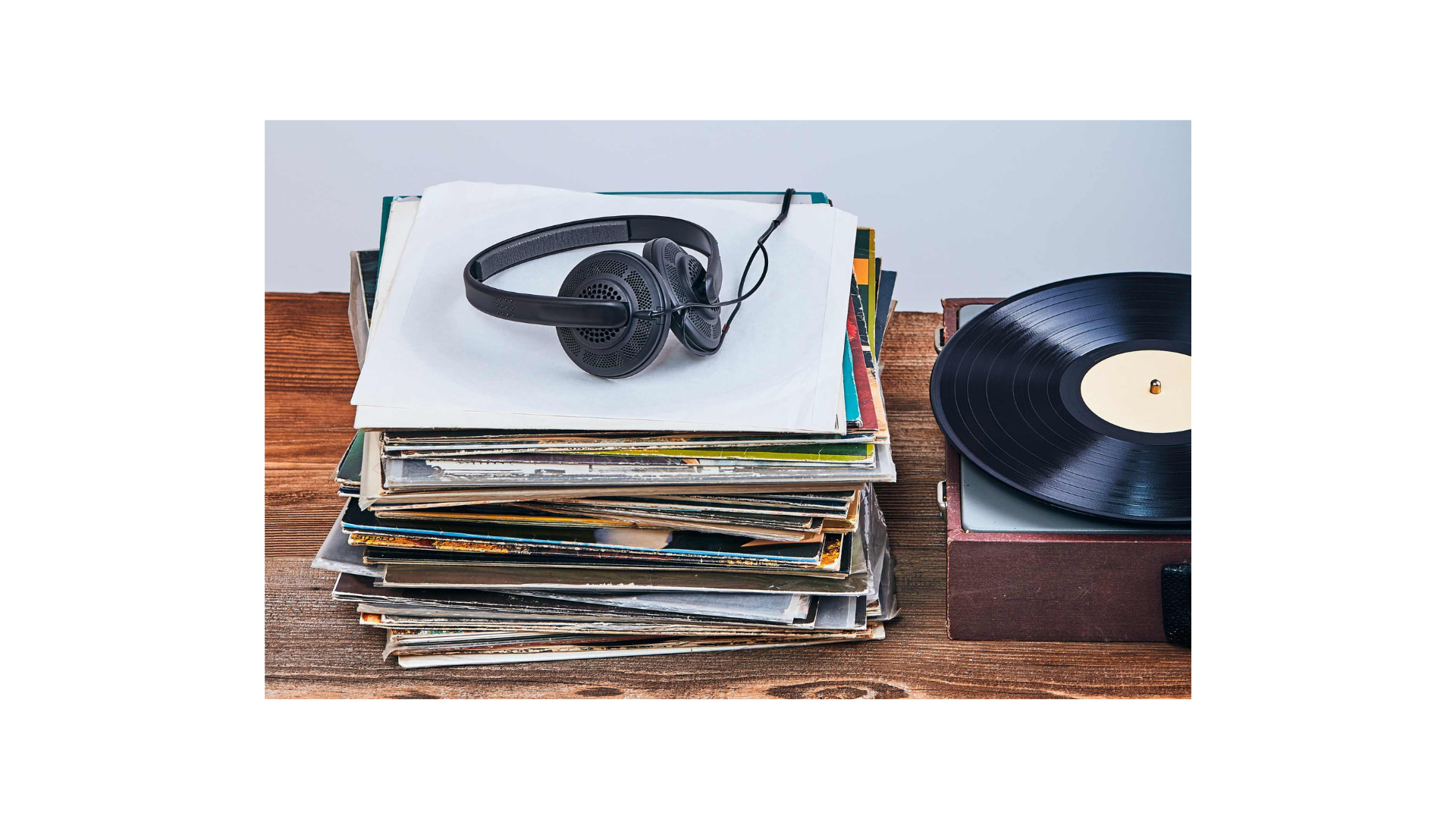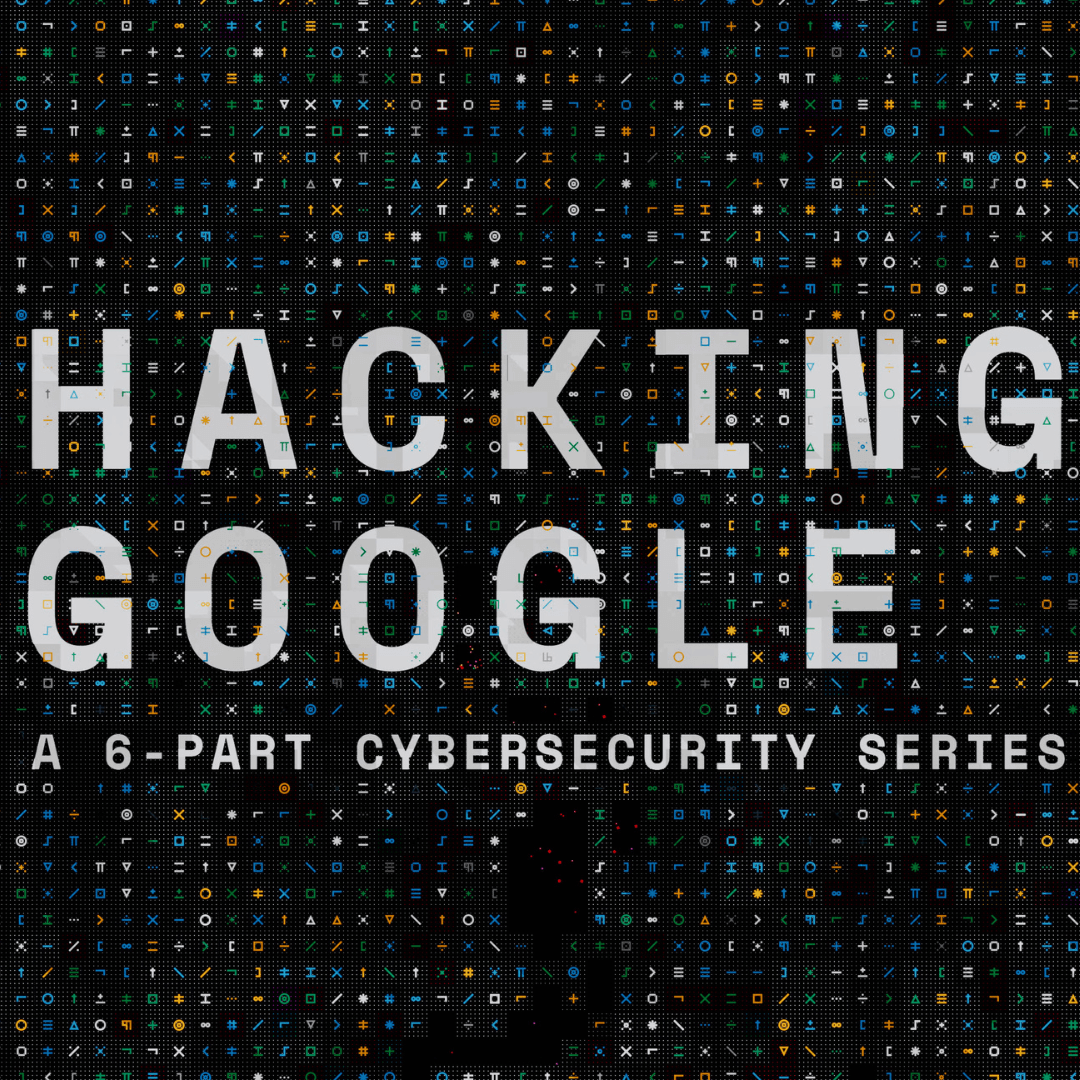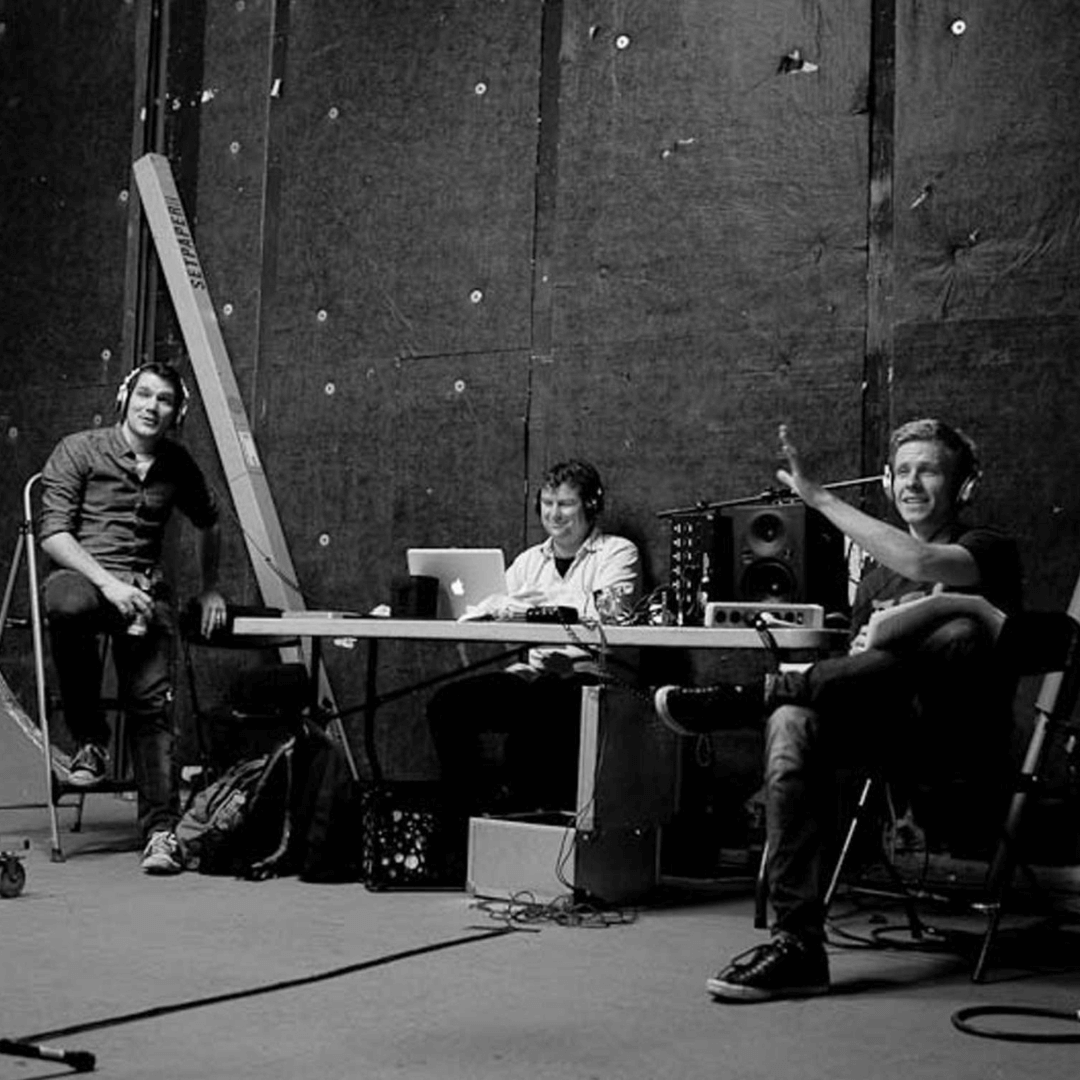Open-Source Music in a Collaborative World
The thing that brings us together at Antfood, other than the love for music, is being a bunch of nerds. And like any nerds, we love to geek out about how stuff works. Personally, I am very much interested in the complexity and incredible human ingenuity behind computers. As I explored my passion for electronics and programming I learned how technologies and the tech industry evolved and I started to see some strong similarities between them. But before we dive into the tech industry, let’s consider how the principles of individual freedom that underline the development of western societies affect our relationships with art, collaboration and creativity.
An Individualistic Tale
Human potential is directly correlated with our ability to form communities and collaborate. When we come together we are capable of amazing things. However, we find it easier to forge meaningful connections on an individual level, sympathising more with an individual’s struggle than with the circumstances of an entire group. Charities share narratives of individuals rather than the experiences of an entire community. Companies also capitalise on this, building brands that consumers or partners can perceive as an individual with feelings, preferences, and opinions - just like any other human.
This is interesting because it contrasts with how we develop as a community, society and species; we inherit knowledge and technology that has evolved and progressed over thousands of years of human development and collaboration. On an intellectual level, we understand how humans can achieve great things if we work together. But we still have an instinctive urge to connect to the individual so we societally elect idols and fixate on them. Just look at the entertainment industry which revolves around the adoration of - and condemnation of - celebrities.
Art created today is not recognised as the culmination of thousands of years of human evolution, but as the by-product of one-of-a-kind genius blessed with artistic sensibilities. We can clearly see this culture reflected in music with all the apparatus around intellectual property built in the last 120 years. A piece of music is a static asset, it is private property that cannot be modified, improved, or reused, and needs to be protected at all costs. We understand the need for artists to protect their life’s work - we protect our own - and we wouldn’t want a scenario where a corporation could exploit other artists’ work without authorisation or compensation.
On the other hand, there’s no alternative framework where artists can safely build upon each other’s work. We are so entrenched behind the idea that music and art are products of the idiosyncrasies in our own persona that any changes to this will most likely find opposition. No one will give away what they consider to be their private property unless we collectively shift our perception of what intellectual property means.
This is where we can learn from tech.
Intangible Assets
Consider the fact that music and software are intangible. Whilst they have a big impact on our human lives, they do not have to be associated with a physical product to be consumed. There was always a push to create physical products around them for commercial reasons - think vinyl, CDs and floppy disks. But the reality is that these products don’t need to exist for music or tech to be consumed and that has clearly been extrapolated with digital evolution. The early software industry of the 1970s also saw the similarity between both products and inherited a lot of the existing constructs around intellectual property. But the tech industry was still young.

We have always had a desire to create physical products, but the reality is that these products don’t need to exist for music to be consumed.
Right from the beginning, voices spoke out against the individualistic aspects of intellectual property, that this mindset would stifle progress and evolution of technology. As is the nature of the young to disrupt, so too did the software industry in its adolescence phase. Engineers understood the power of collaboration & iteration so they advocated for a new paradigm to distribute software that can be freely used and, most importantly - modified.
This desire for freedom and collaboration culminated in the foundation of the free software movement in 1983. The movement promoted engineers to take any source code, change it, build upon it and create other more advanced software. Note - the word free is not used in the context of giving a product away, but the freedom to extend existing work through collaboration and community. And what might have felt utopian at the time completely shaped what the tech industry is today.
The poster boy for the free software movement is the Linux kernel. This is basically the software that interfaces with hardware in your computer and distributes the resources such as memory, access to the processor etc so other programs, like Photoshop or Pro Tools, can run. It powers 90% of the servers on the web, every android phone on the planet, and most supercomputers essential to many aspects of our modern life. The kernel has 27M lines of code written by 21,074 individual contributors.
Wikipedia is another great example of what we can achieve through collaboration. In its time, Wikipedia has gathered 44,744,469 Wikipedia contributors, of which 116,425 have made at least one edit during the last month. Wikipedia itself depends on 72 open-source projects by 3,325 individual developers.
Just try to imagine how many open-source projects power your phone or any other technology we use today – from the internet to the program running the drones we send to Mars.
Would we be able to create such things under a proprietary license?
Proprietary software is still a thing, of course, but an open-source approach is also commercially viable. My point is, both paradigms can coexist in the same industry and we get benefits from both of them. Even companies like Microsoft which historically pushed back against open-source software are now pretty much in the centre of the community, having acquired GitHub and having most of its cloud services based on free software.
I think there is a lot to learn from what it is been built by the software community.
We The Collective?
You don’t need to look too far in modern music productions to identify musicians’ intense desire to build upon each other’s work - just like our software counterparts. Great music like records produced by Prodigy, The Chemical Brothers, or The Beastie Boys wouldn’t exist without modifying other artists’ work.
And this desire to collaborate is not new. God Save Francis the Emperor, a theme by Haydn was used by Paganini in his Maestosa Sonata Sentimentale and many other pieces throughout time. Creating variations of a theme in music has always existed - but before the 1900s, you wouldn’t be sued for sampling someone else’s work.
Now, imagine a world where we can freely build upon each other’s art. Imagine a collaboration between thousands of contributors from today and the generations to come to produce a piece of art that transcends time, that is not associated with an individual icon but the collective of contributors. It might sound like I am preaching utopian ideas, but this is exactly the principle behind open software.
Music never evolved as an industry and its future now lies in the hands of tech companies like Spotify and Apple. We never created a framework and a business model that allows artists to create and distribute their work freely. As artists, we centre ourselves in our own work and individual careers, easily forgetting about the importance of community for the survival of our craft.
And this is the world we live in. Musicians, composers and music labels scramble with each other in the courts when they could be creating great things together.
At Antfood, we focus on the benefit of working as a collective, not as individuals. We believe that we make great things when we work together. And whilst we do not (yet!) have the power to change how a whole industry operates, we’re leading by example - challenging our egos as artists and trying to find a space within ourselves that empowers the collective. And because we recognise that our strength is in the collective, we focus on things that bring us together, rather than take us apart.
Similar content
Hackable Audio: Crafting Sonic Puzzles for Google
by Charlie Blasberg

Spatial Sound: Working in Four Dimensions
by Bennett Eiferman & Wilson Brown

The Dream Machine, A Multisensory Organ
by Wilson Brown & Emilie Baltz

